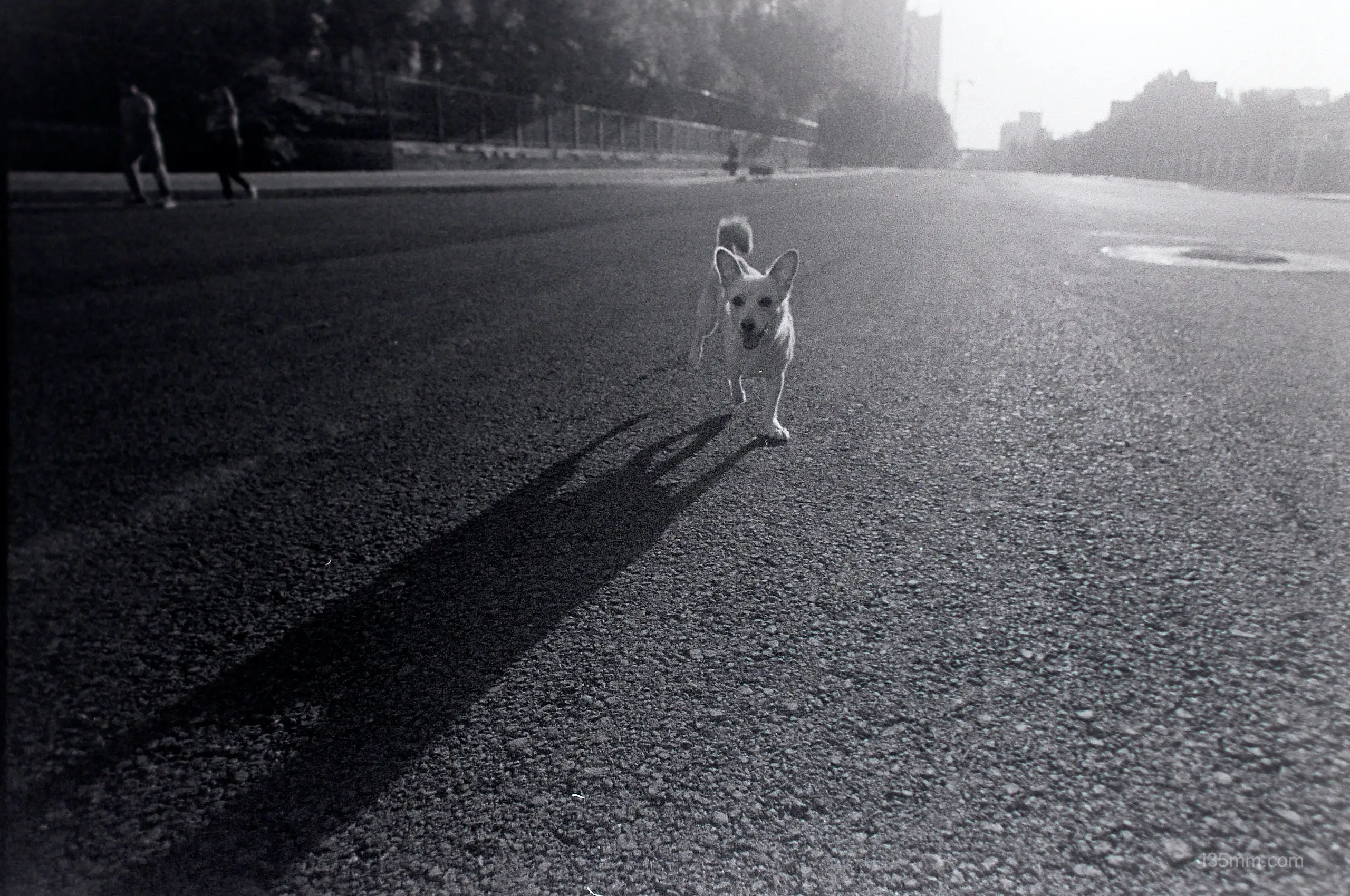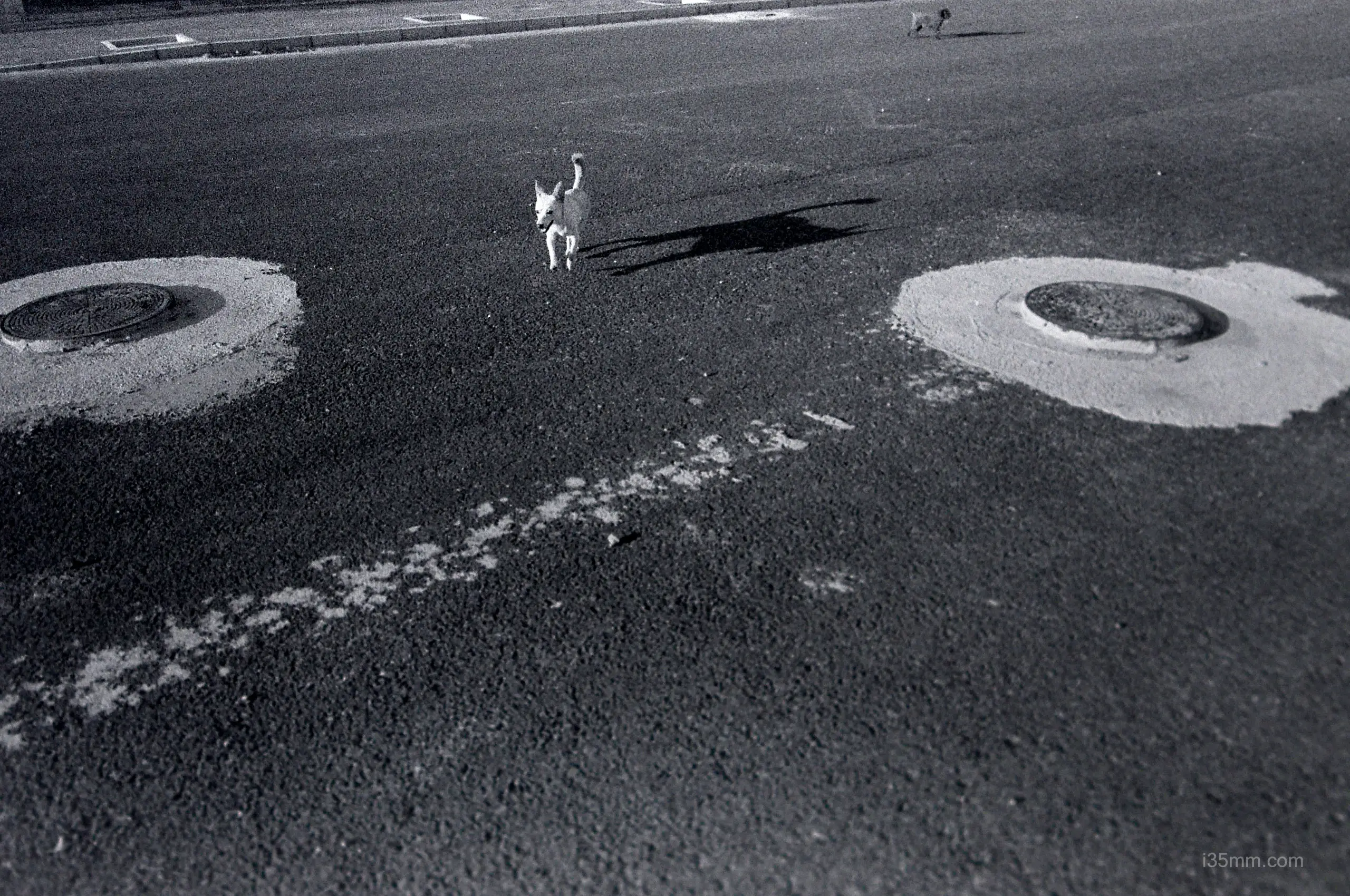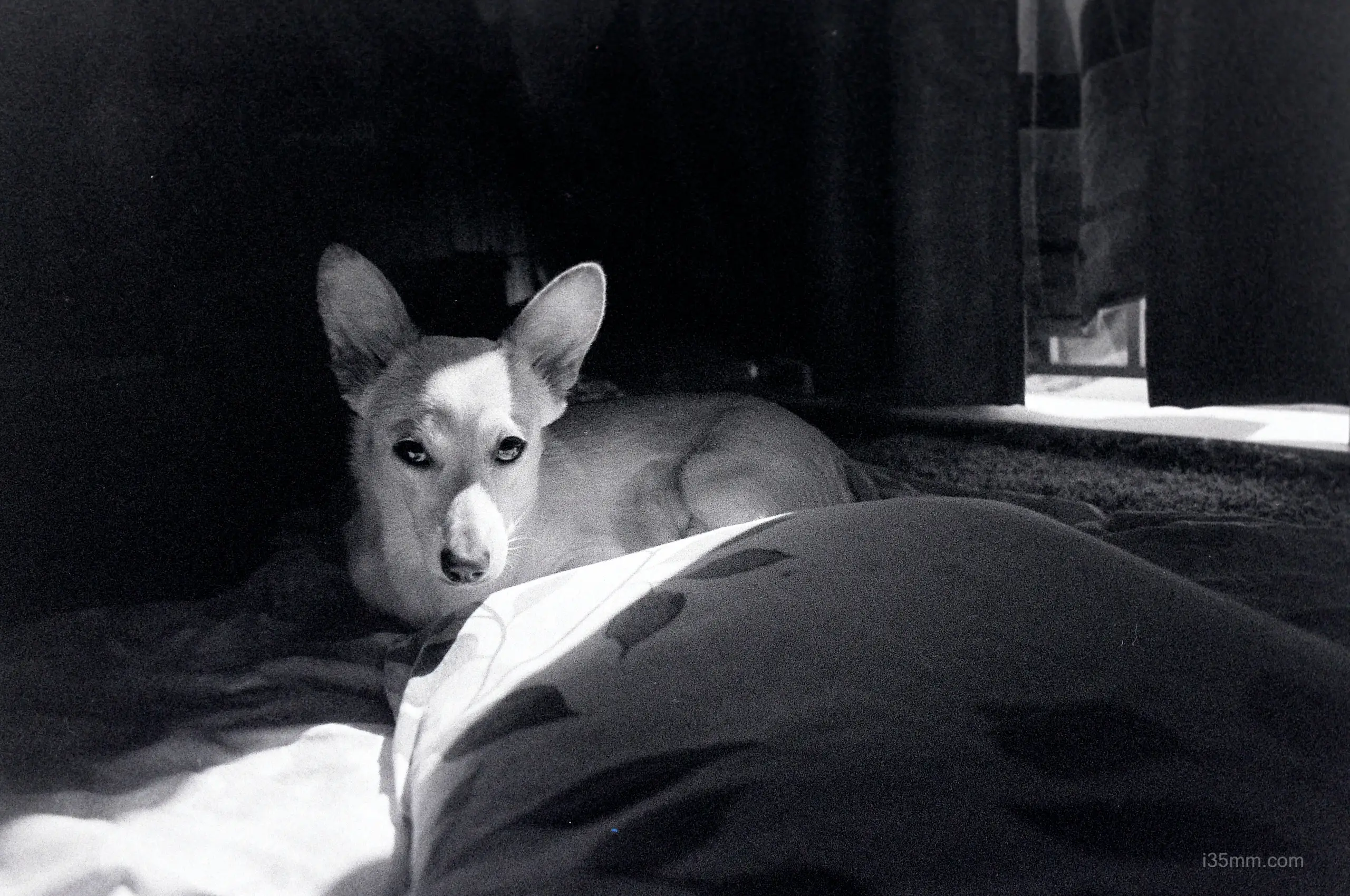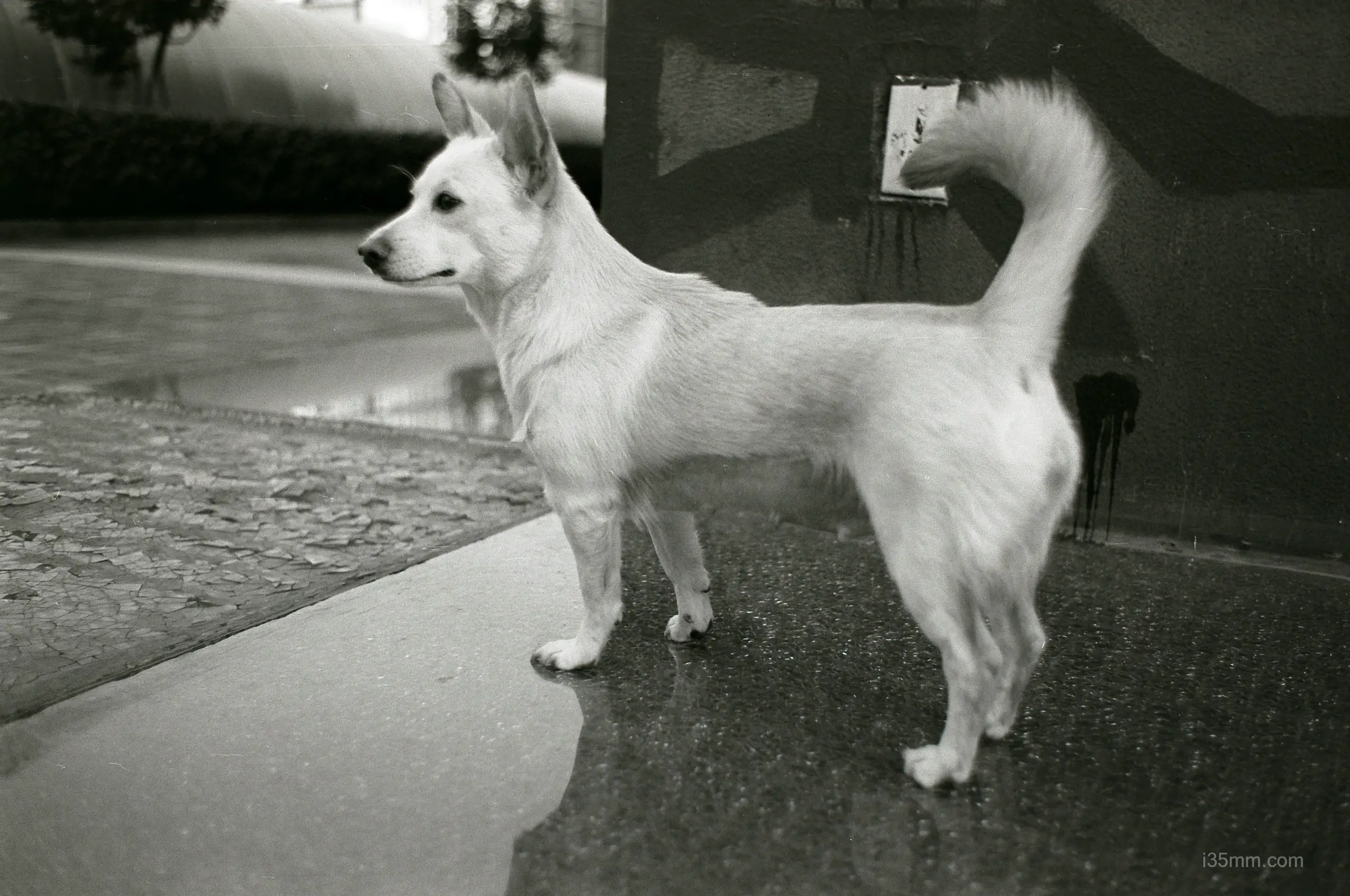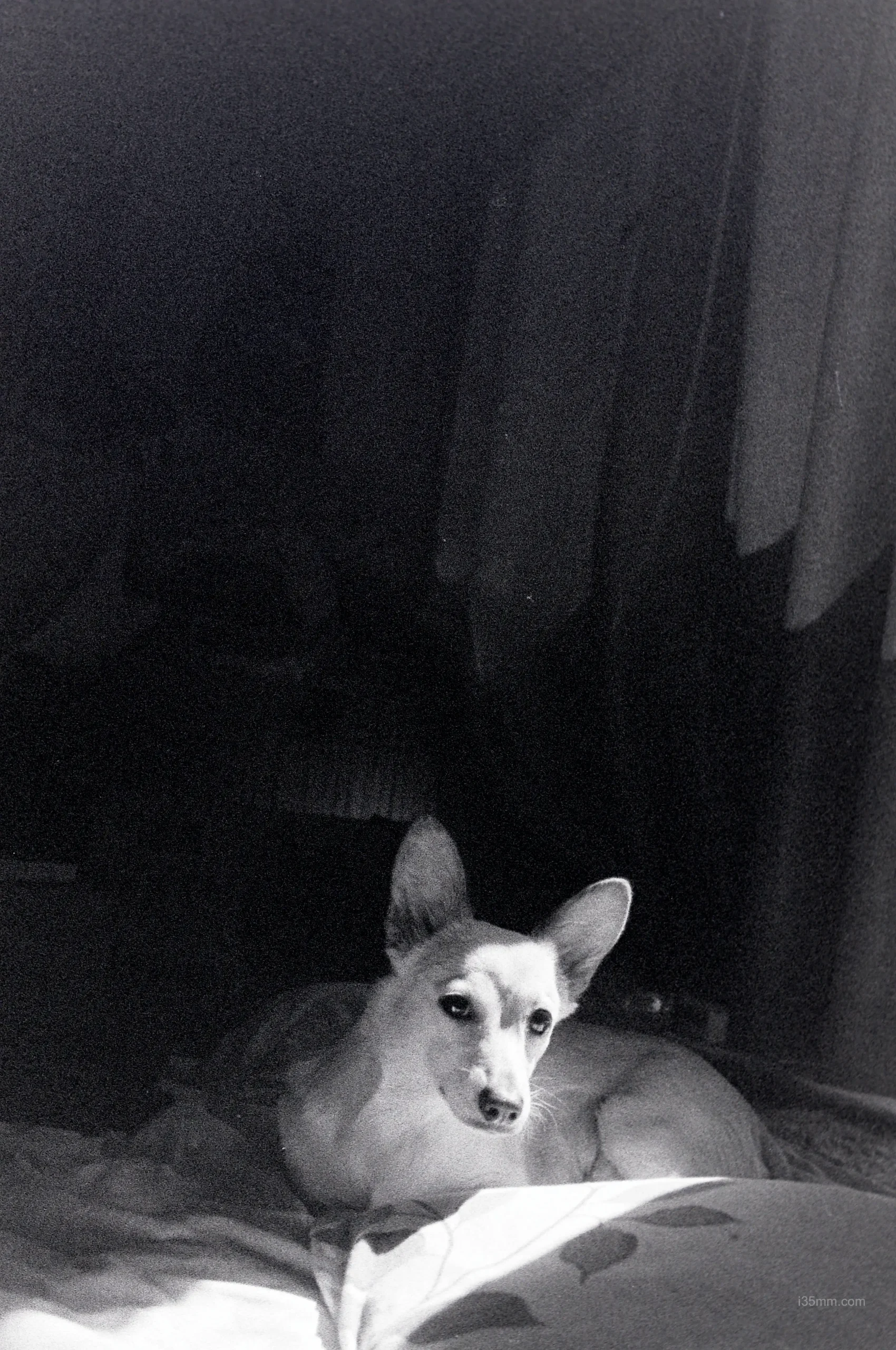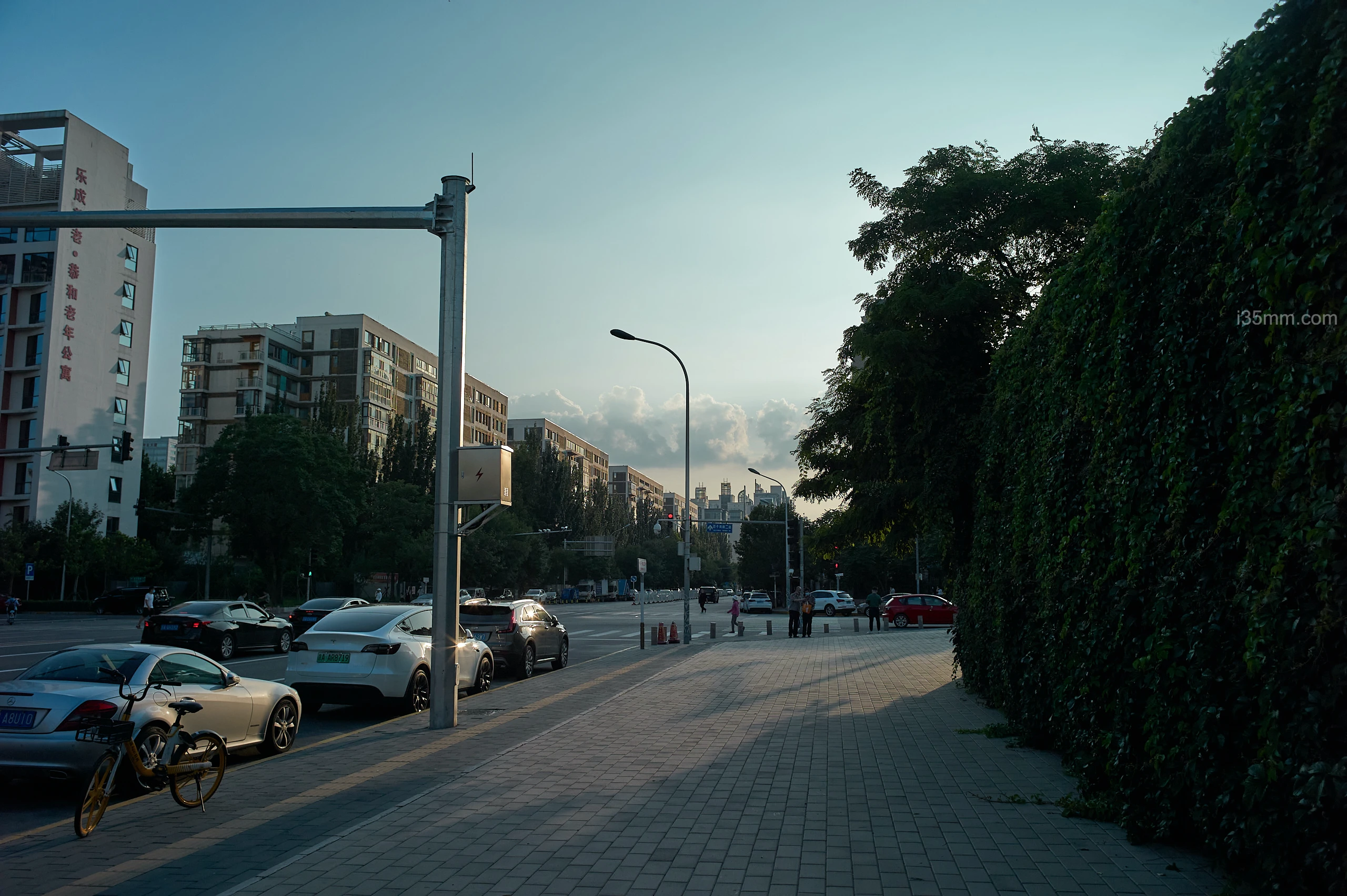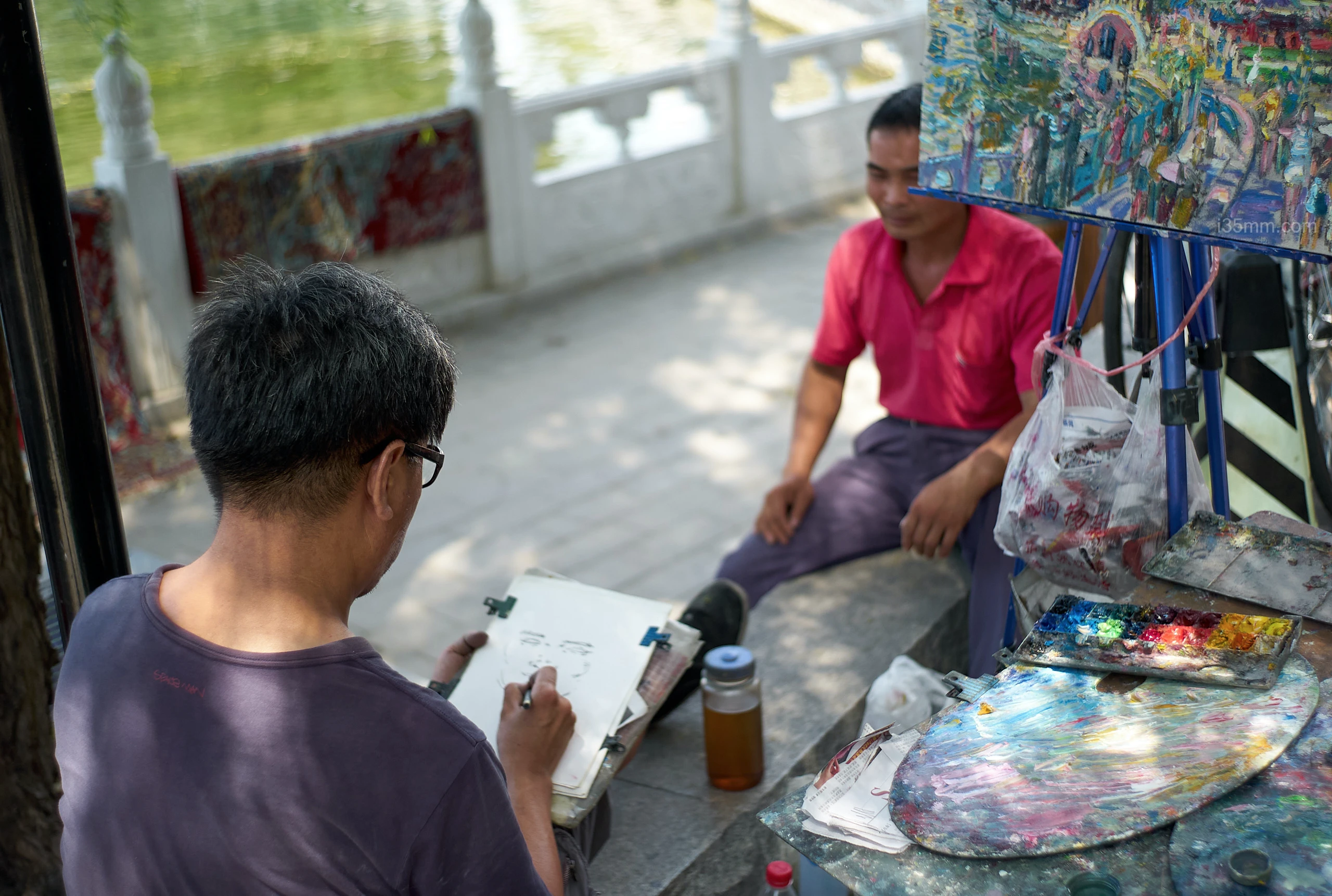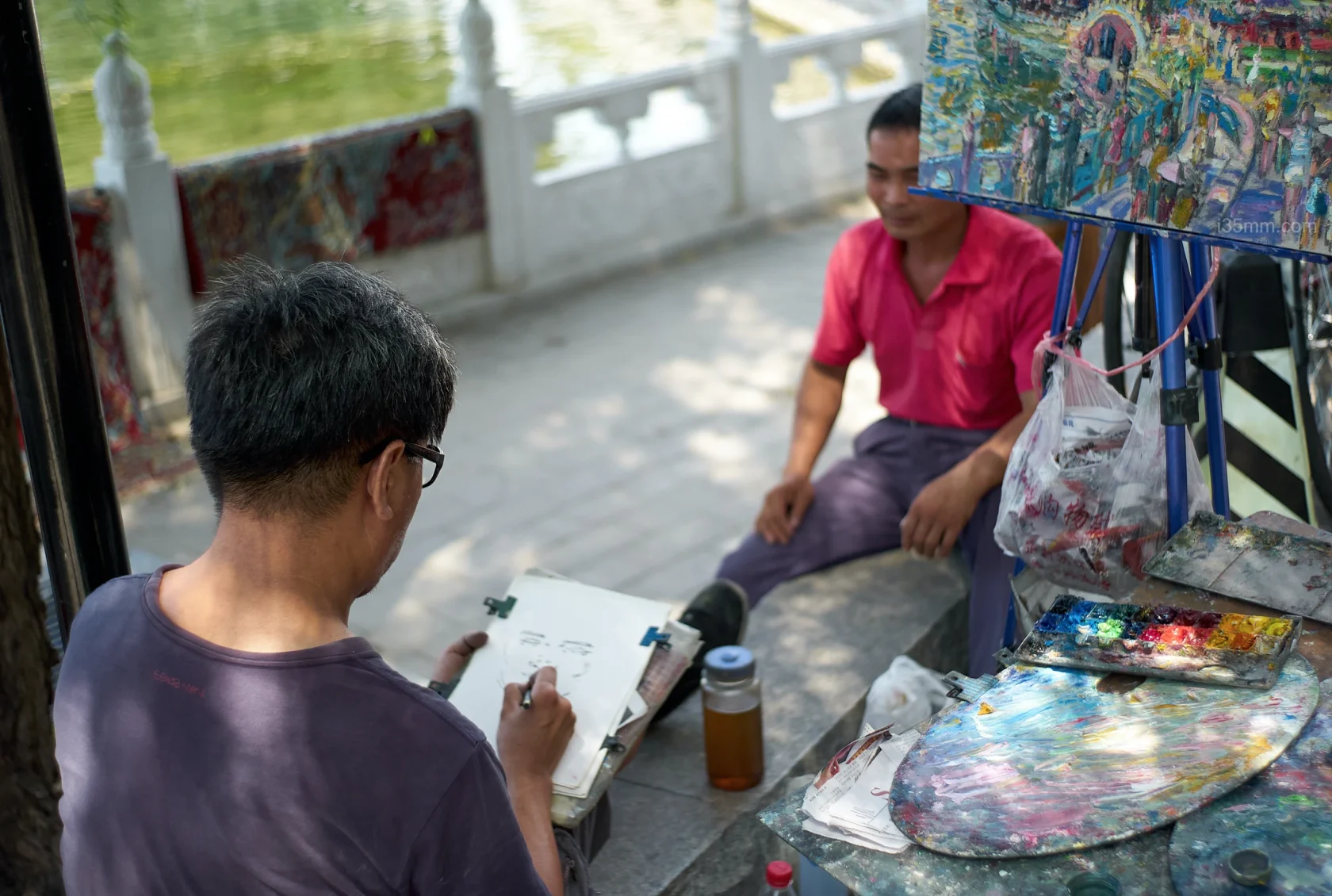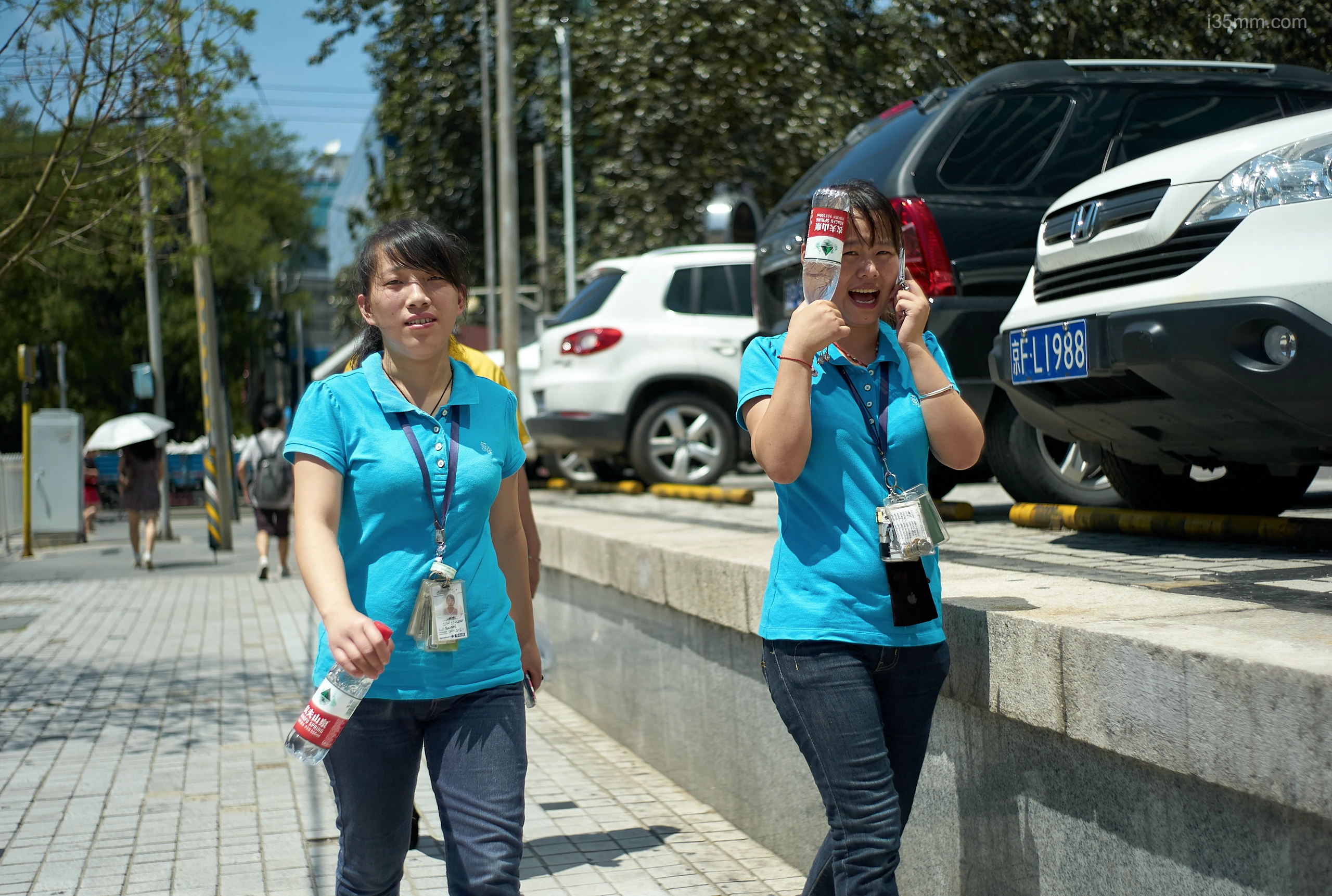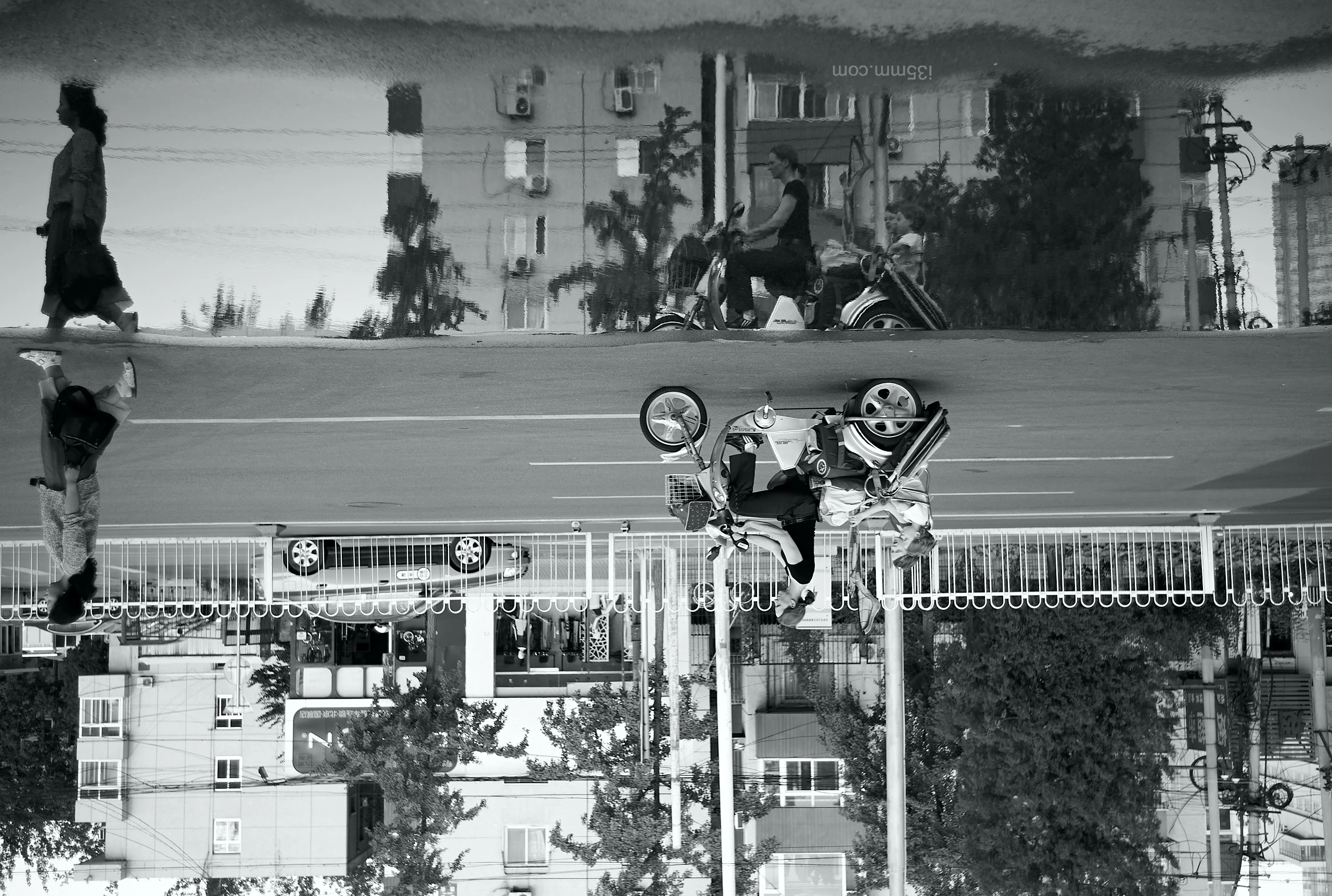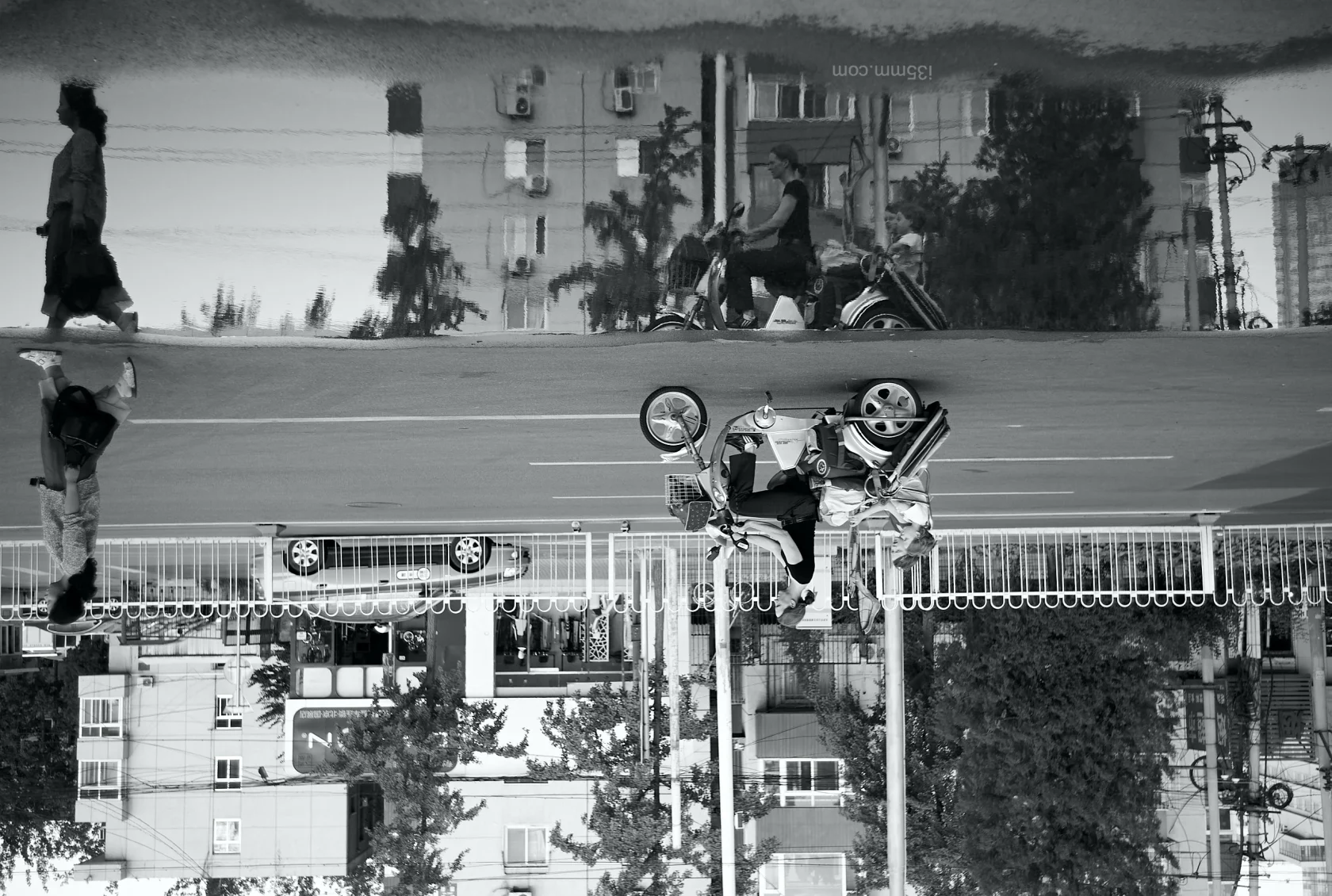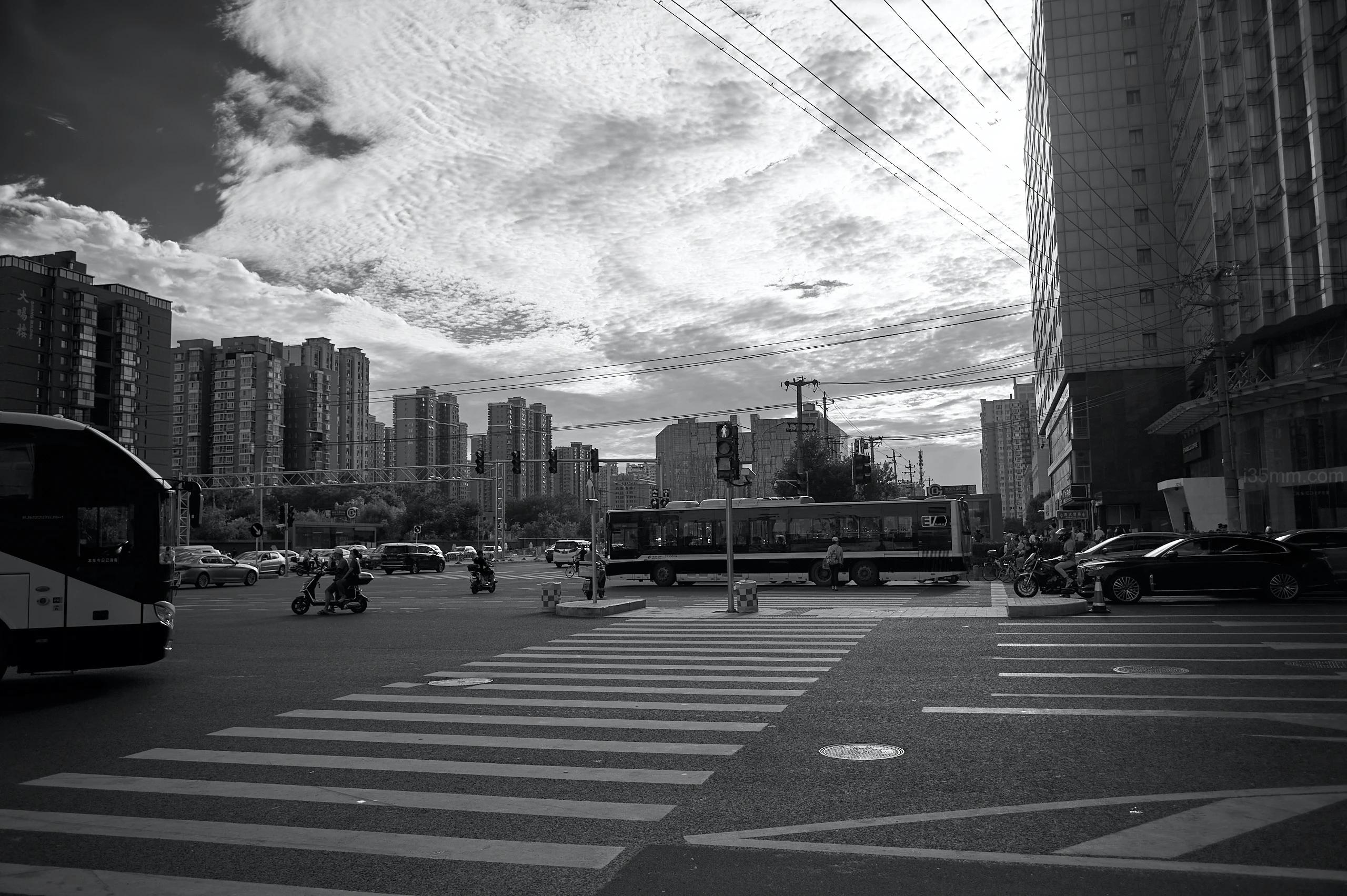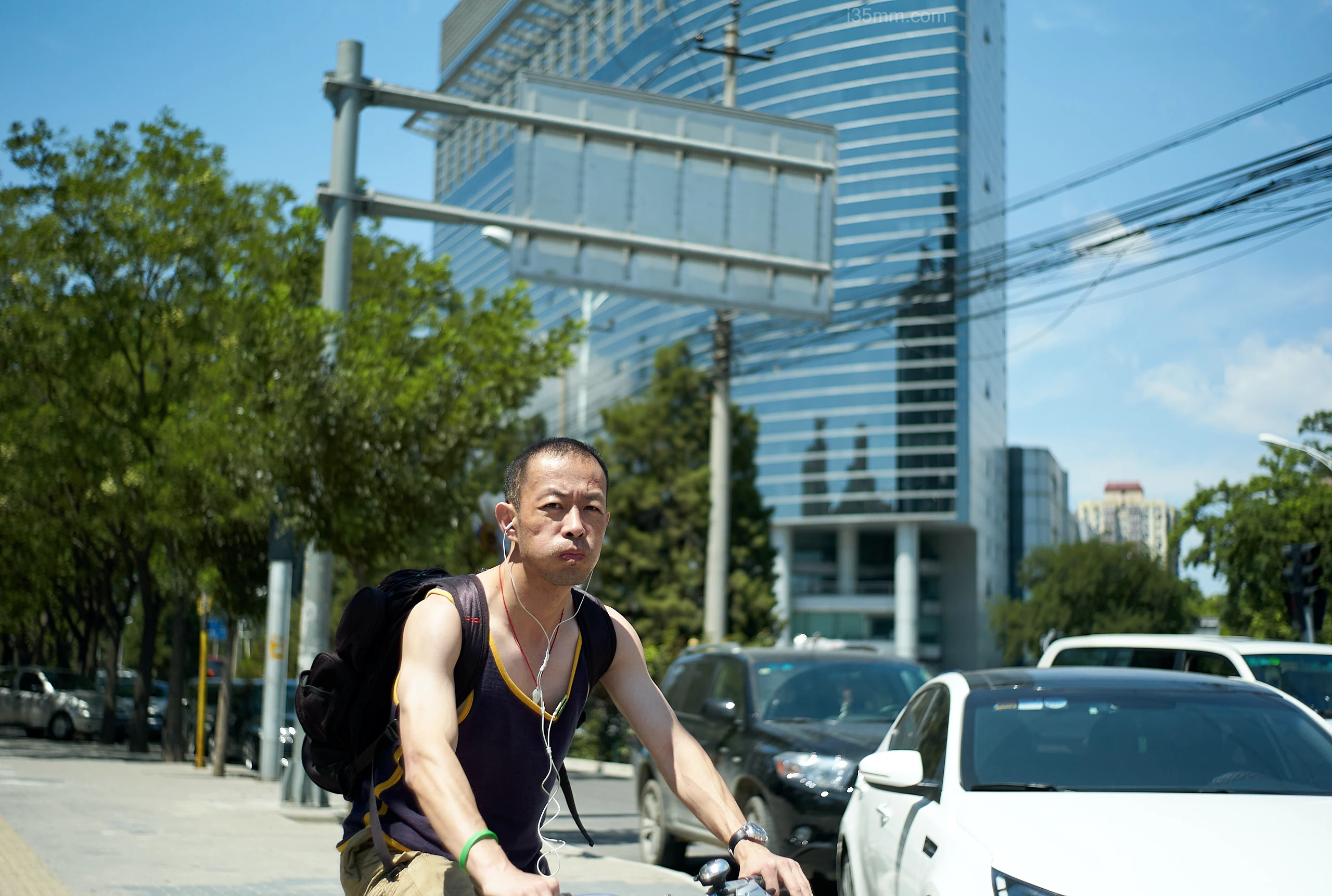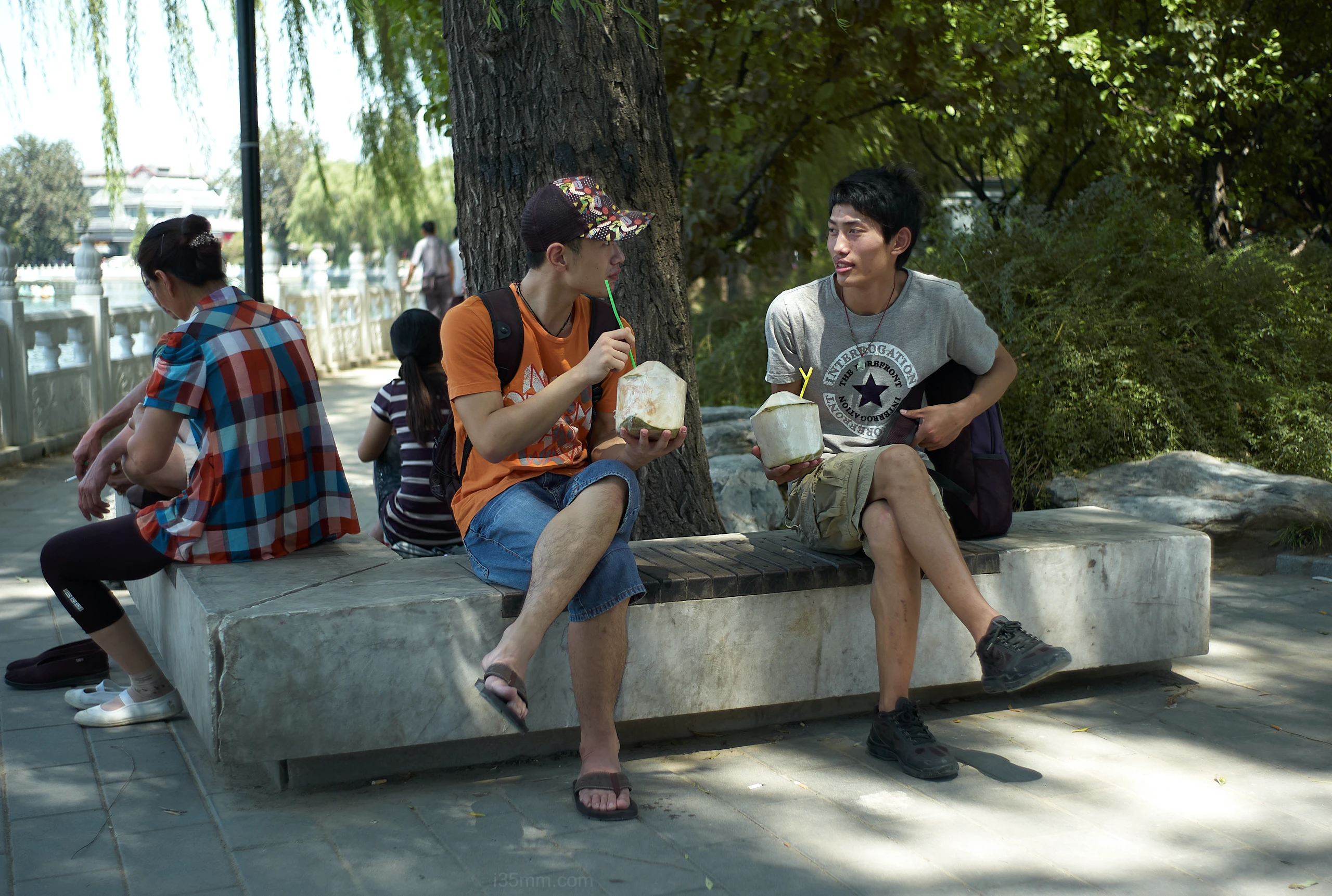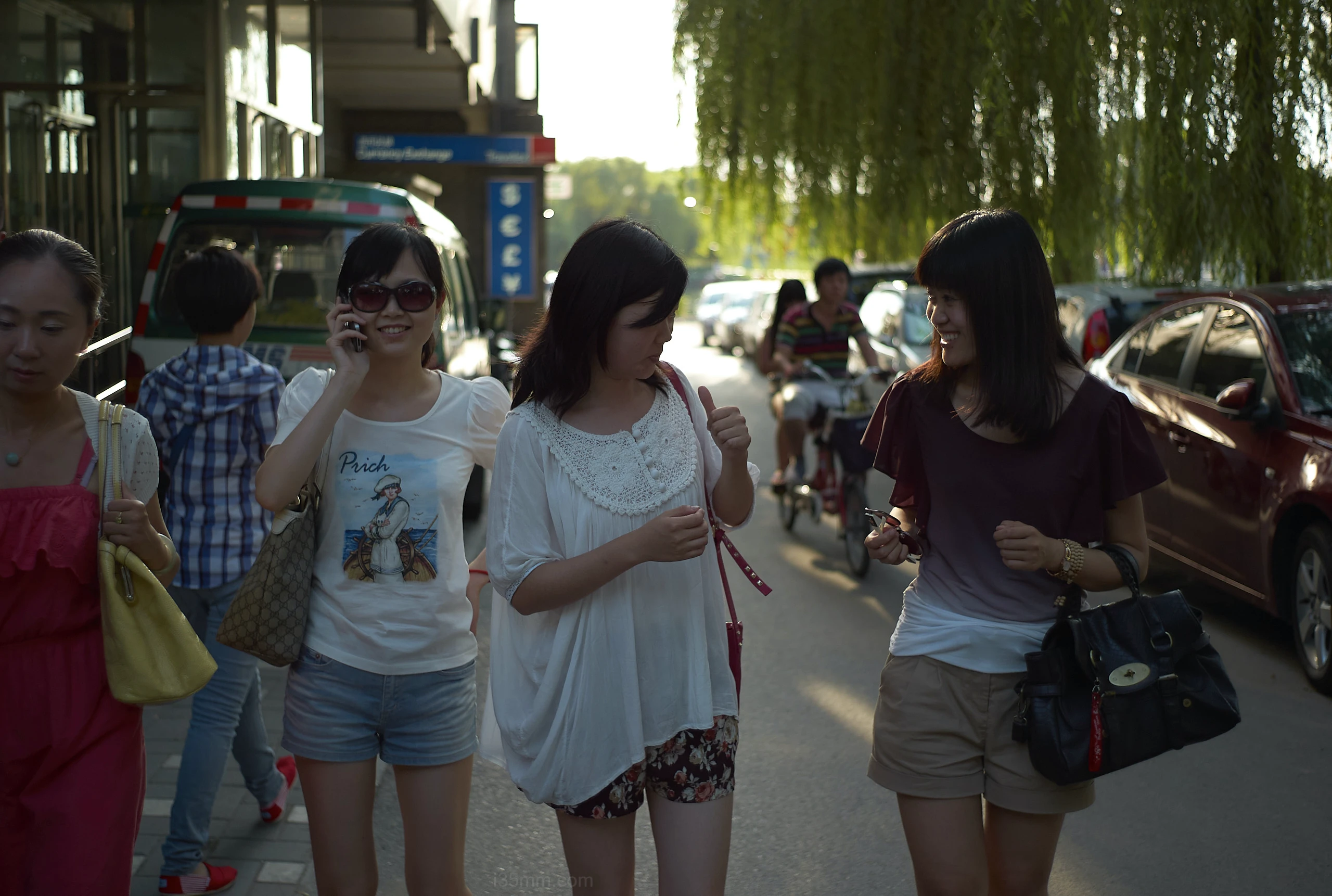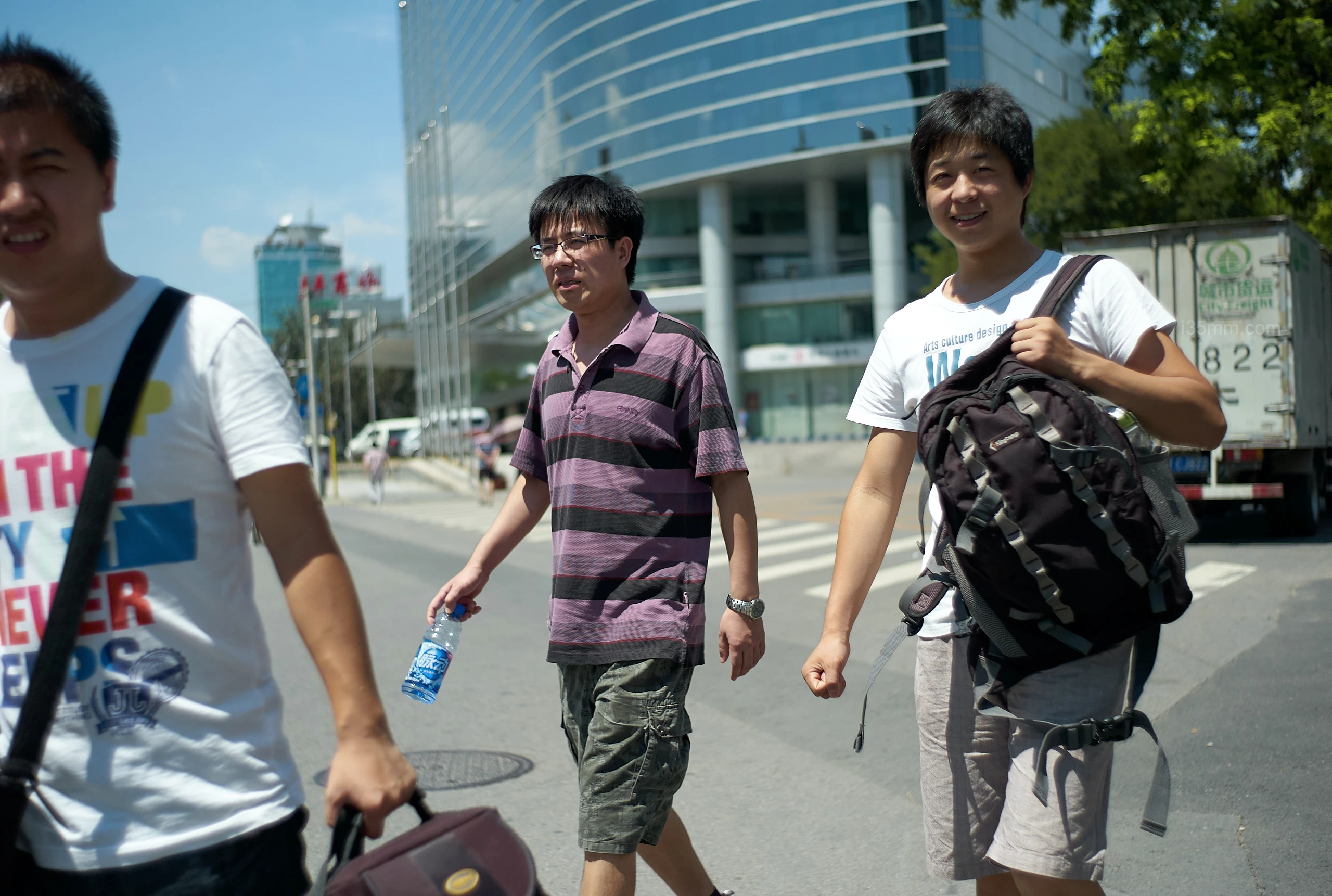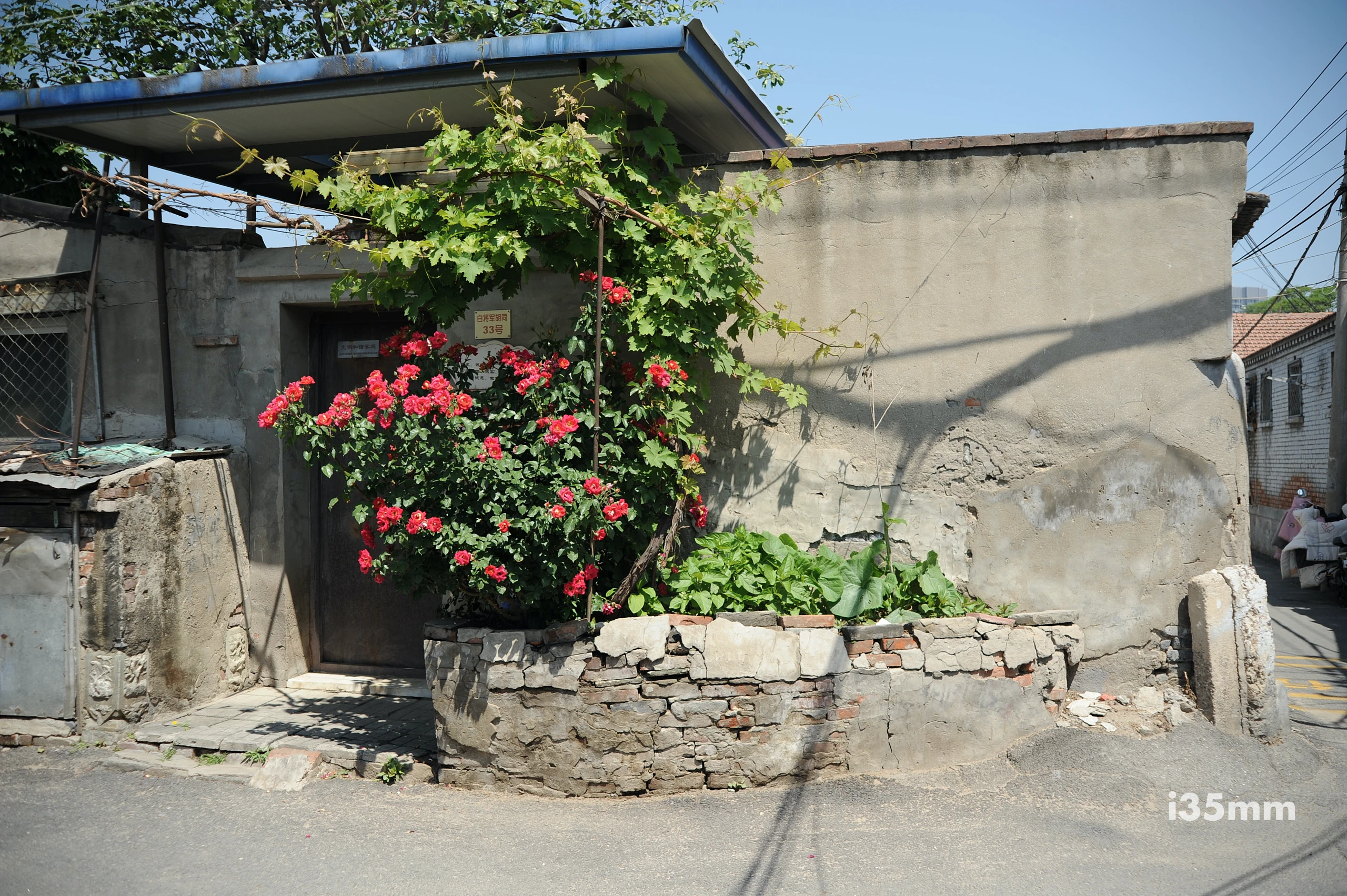
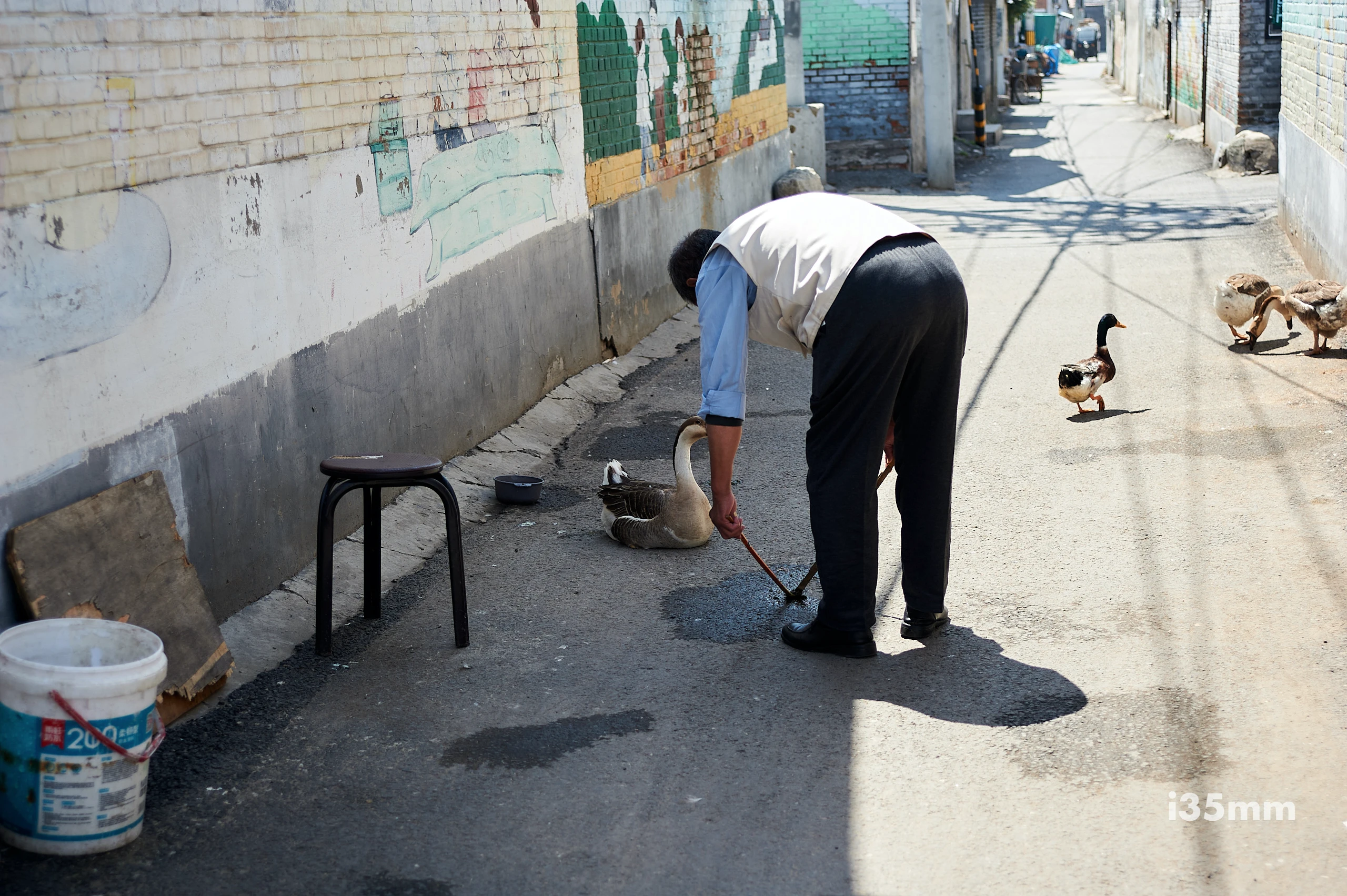
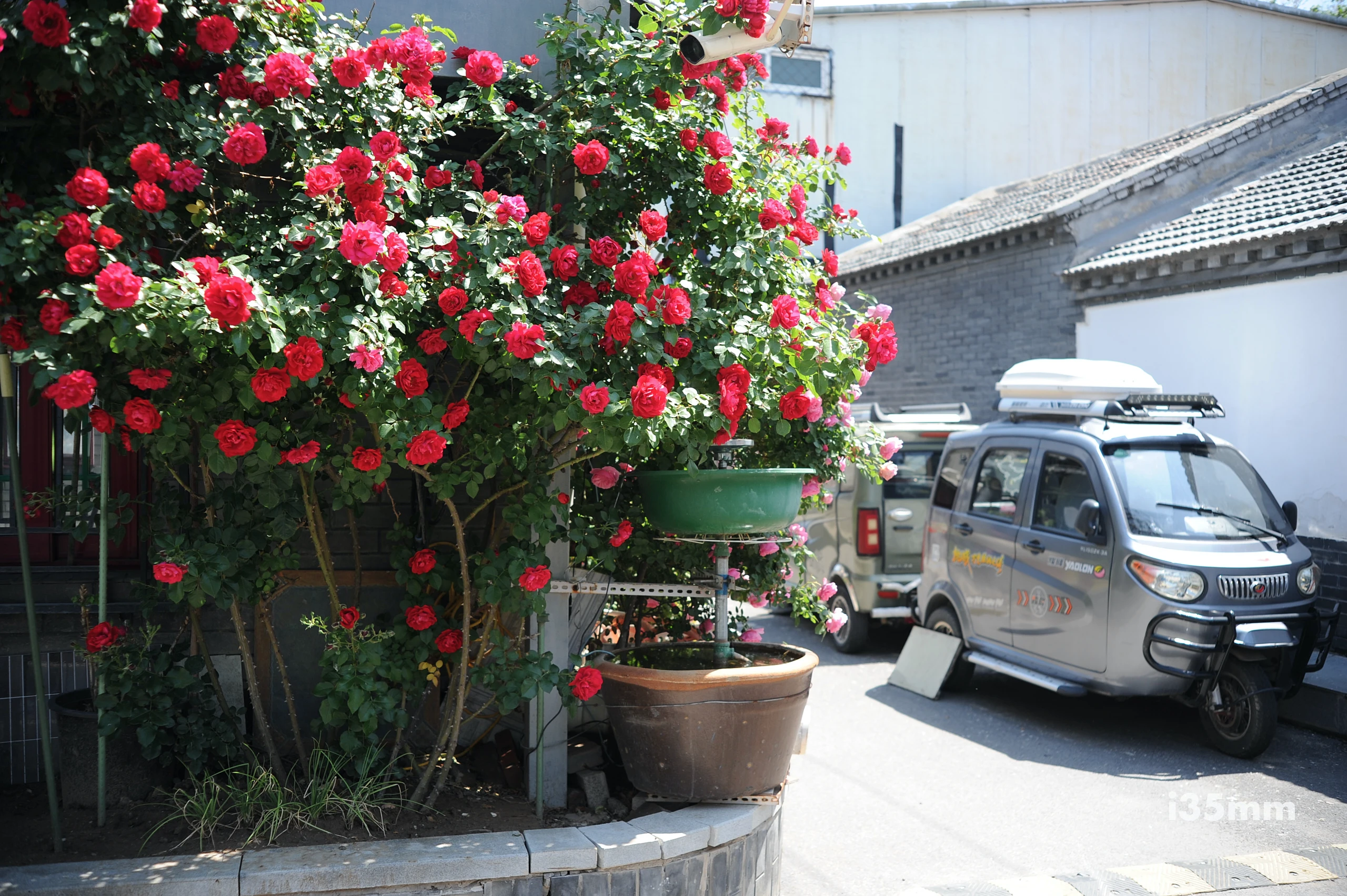
Some things in life don’t require you to know every detail—just believing you’ve got it figured out is enough. Photography is one of those things. Without a spark of confidence, you’re stuck before you even start. Forget about listening to other people’s advice or so-called “wisdom.” The moment you start doubting yourself, thinking you’re not good enough, you’ve already lost. Your past photos, your future shots—they’ll all crumble if you let self-doubt creep in. So, when it comes to photography, you need unwavering confidence in yourself. Whenever someone tries to talk to me about the art of photography, I pivot the conversation to gear. Why? Because the real drive to create, the true passion for photography, has to come from deep within you. It can’t be sparked by external opinions or tips.
Let’s get one thing straight: I’m not here to discuss photography techniques—just talk to me about cameras and lenses. Gear and the art of photography are like oil and water; they don’t mix. When it comes to gear, though, it’s smart to listen to others, especially those who’ve spent years testing and using it. You don’t have to take their word as gospel, but keeping an open mind and learning from their experiences can save you from costly mistakes.
Here’s my personal mantra: Trust your gut when it comes to photography, but when picking gear, check out the reviews. Just don’t get those two mixed up!
